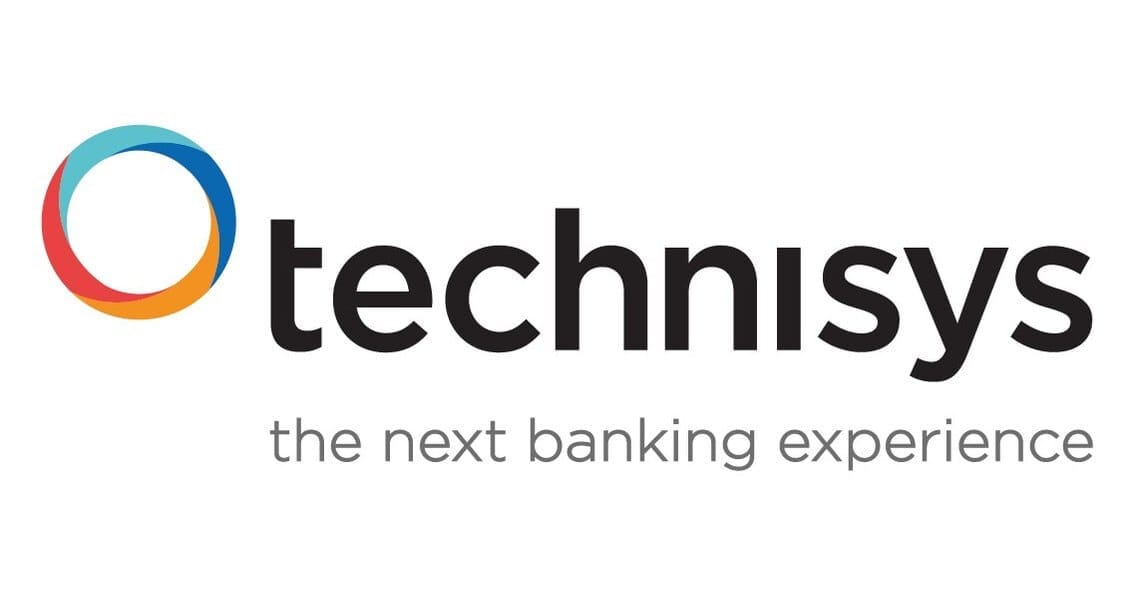View my current portfolio here
1. SoFi Technologies (SOFI) -- CEO Anthony Noto Interviews with Goldman Sachs
On SoFi Owning its Technology:
“When we wait for a partner to help us innovate, we lose time and the ability to lead our members. We have a very ambitious strategy. Others have talked about being a one-stop shop but are nowhere near getting there… and the reason for that is they don’t own their technology. The tech we need nobody else is building, so we have to build it ourselves.”
On Student Loan Forgiveness:
Student loan refinancing pain still looks to be ending in a few months. As a reminder, Federal Student Loan issuances come at generally high rates for young borrowers without established credit histories. As they age and establish track records, SoFi can easily refinance these loans at lower rates. With the payment moratorium/pause in place for federal student loans, that refinancing motivation went away. This business -- SoFi’s most profitable segment -- is expected to quickly return next year which will only fuel the company’s stellar 2022 results (thus far) further. Rising rates should also add even more refinancing motivation next year as well.
On Home Loans:
Noto went into the ease in finding mortgage partners for refinancing, but more trouble as it has transitions to the purchase market. He’s confident the team is making the changes needed to reduce funding time and raise Net Promotor Score (NPS) mainly with closing partners… but also said “we are not where we need to be yet.”
I’m looking forward to seeing what results look like when student loans are back, home loans are straightened out and personal loans -- where demand rises with rising interest rates -- continue to rock and roll. It has 5.5% market share of its high credit quality demographic and sees ample share gains to come.
“Our loans continue to perform better than they were pre-pandemic.” -- Anthony Noto
On Hedging:
SoFi has been able to maintain variable profit margins per loan (contribution margin) of 40%+ through rate hedging. It locks in gain on sale margins at origination via hedging to remove any margin volatility from rate fluctuations.
On Being a Bank:
Even at 2% yield on checking and savings accounts, the company’s net interest margin is still 100 basis points (1%) better with the bank charter in hand than last year pre-charter and with a yield far below 1%.
On Referral of 70% of unapproved unsecured borrowers:
Noto was asked if weakness in funding supply for referral partners could hurt this business segment. He explained that it can seamlessly shift the credit origination volume to underwriting partners and that he “wasn’t concerned.”
On Technisys:
“Technisys brought to the table all we thought it would. The biggest surprise has been the amount of inbound interest we’ve gotten in Galileo and Technisys together from large financial institutions. That has validated our thesis. The pipeline is rich and we’re deep in conversation with many partners and we hope to have announcements heading into 2023.”

Noto explained that Technisys and SoFi together focused on securing large partners and contracts for proof of concept of the business on its own. Now that it feels it has done that, the focus will more so turn to co-releasing products with Galileo (Pay in 4 will be first) and integrating the tech stack into SoFi’s.
On Consumer Acquisition Cost (CAC):
“CAC continues to be stable to down and relatively stable on a product by product basis.”
On Direct Deposit Momentum:
“Those trends remain positive and on the right trajectory with strong cross-buying rates.”
2. Shopify (SHOP) -- Product Launches
Shopify Markets Pro:

Shopify Markets Pro was launched this week as an extension of Shopify Markets. Upon launch, 175,000 merchants are using Shopify Markets (vs. the last update of “over 100,000”) and are selling in 14 countries. This debut opens merchants immediately up to 150 more nations to seamlessly and vastly expand their geographic reach. Shopify -- through its investment/partnership with Global-E -- will offer automate taxes, duties, shipping (through a partnership with DHL) returns to make the process far easier for merchants and shoppers. It will also, through the click of a button, allow merchants to turn on localized shops and local payment methods in those 150 countries. Talk about easy. These features have been shown to immediately raise merchant GMV by 7%.
Shopify Translate and Adapt are complementary product launches allowing single click auto translate and the engine to localize stores across the globe to drive traffic, conversion and sales. These two features alone raise merchant volumes by another 13%.
“With Shopify Markets Pro, and our partnership with Global-e, we’re empowering merchants to rapidly scale their international sales using a merchant-of-record solution that would typically be inaccessible to independent brands.” -- Shopify Director of Product Rohit Mishra
Click here for my Shopify Overview.
3. PayPal (PYPL) -- CEO Interview & Regulation
a) CEO Dan Schulman Interviews with Goldman Sachs
On eBay:
Schulman reiterated the 100 basis point (1%) revenue growth headwind for this quarter from eBay with virtually no hit in Q4. This was important to me as the migration schedule has previously been changed many times.
On Guidance:
“I would say we are clearly now at a turning point… Revenue is where we expected for the quarter and EPS is a bit stronger than we anticipated. We still have several weeks left, but I think this is going to be the 3rd quarter in a row where we’ve met or exceeded guidance. And that bodes well as we look into Q4. It’s an uncertain environment, but I think we finally got the guidance right.”
Schulman added that the company is on track to save at least $900 million in operating expenses this year and at least $1.3 billion next year. This will pave the way for considerable operating leverage.
On Checkout:
Schulman repeated his recent comments about now being the time for PayPal to take share of checkout most aggressively. Cash burning start-ups have had to pull back… but PayPal -- with its vast cash flow and strong balance sheet -- doesn’t have to.
Checkout with Venmo on Amazon is getting closer to a release (like it has been all year):
“We’re working closely with Amazon to overcome the last of the technical issues to make sure we have a beautiful experience when launched.”
Contracts and Costs:
“The scale we’re at now (double pre-pandemic) enabled us to go back to suppliers and cut our unit costs. Those contracts are done. Some are better than expected and that’s flowing through to our cost structure.”
Final Notes:
- Schulman teased a considerable roster of new Braintree client wins soon to be announced.
- Venmo Checkout on Amazon is still on track to be released this year.
- Digital Wallet user churn is now 33% lower for digital wallet users vs. previously thought to be 25% lower.
- CFO Blake Jorgensen is taking a medical leave of absence to take care of a “treatable condition.” Best wishes, Blake!
b) Regulation
The Consumer Financial Protection Bureau (CFPB) is going to begin formally regulating Buy Now, Pay Later (BNPL) players including PayPal. Considering PayPal’s extreme regulatory clout in the United States and across the globe, I actually think this is a good thing for the company. Competitors don’t possess these same relationships or resources and will likely struggle more with compliance. Relative advantage PayPal.
Click here for my PayPal Deep Dive.
4. Duolingo (DUOL) -- Founder/CEO Luis von Ahn Interviews with Piper Sandler
On Macro Resilience:
“So far we’ve seen absolutely no weakness in any of our metrics to date. We continue to look every day as we hear about other competitors seeing weakness, but we are not.”
On the Product:
The company’s AI engines are able to granularly decipher areas of strength and weakness for each learner and can then tailor lesson plans around that. It can also map the probabilities of getting each problem correct so it can offer customized problem sets that are just hard enough to keep people learning most effectively, but not too hard to make them frustrated and give up.
On In-App Purchases:
Today, in-app purchases represent a small single digit percent of revenue (2-3%), but that business has doubled sequentially. von Ahn sees the business’s potential as similar to dating apps where a la carte accounts for about 30% of revenue on average. He thinks Duolingo gets a lot closer to that 30% benchmark than it is today.
